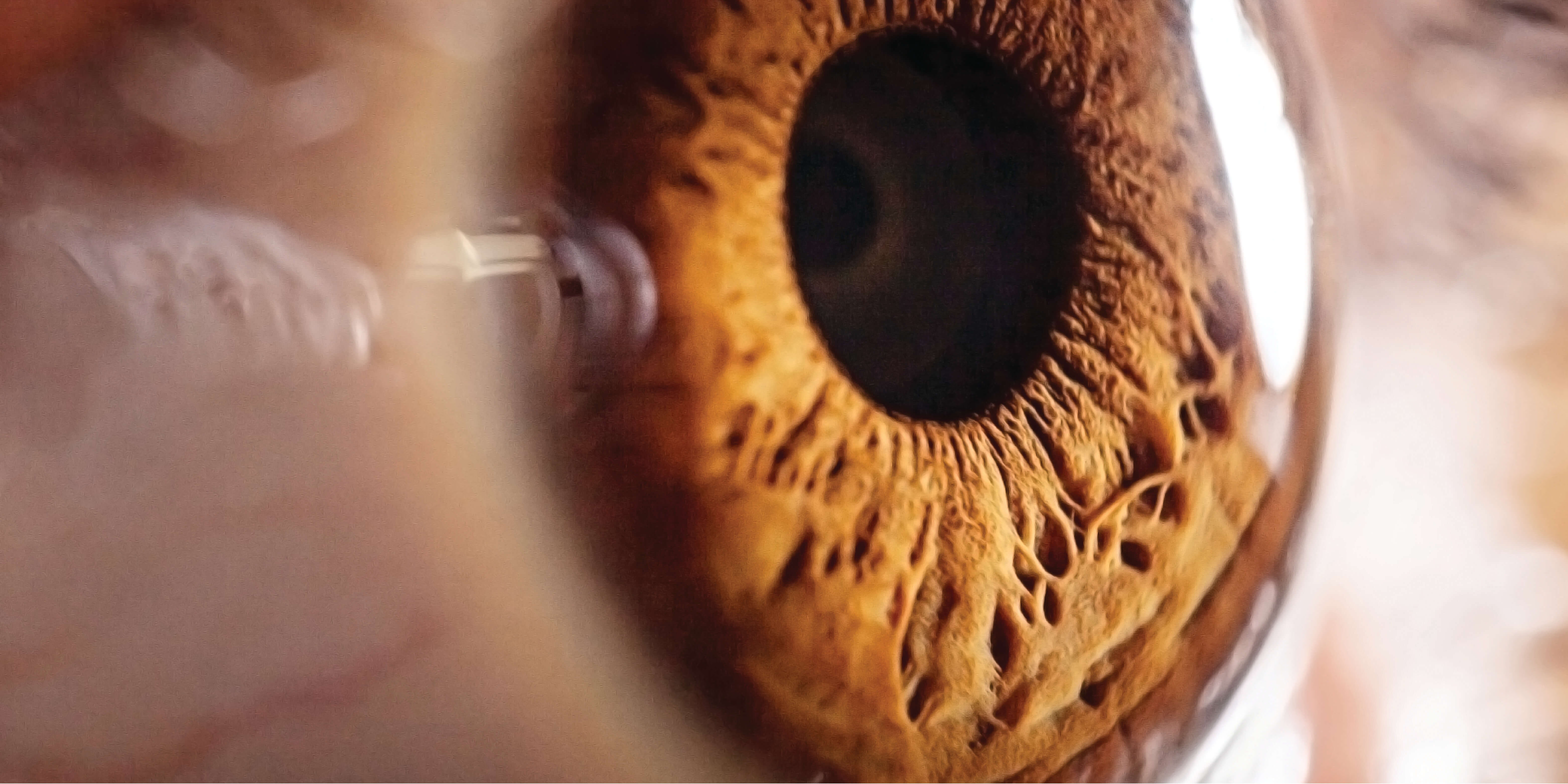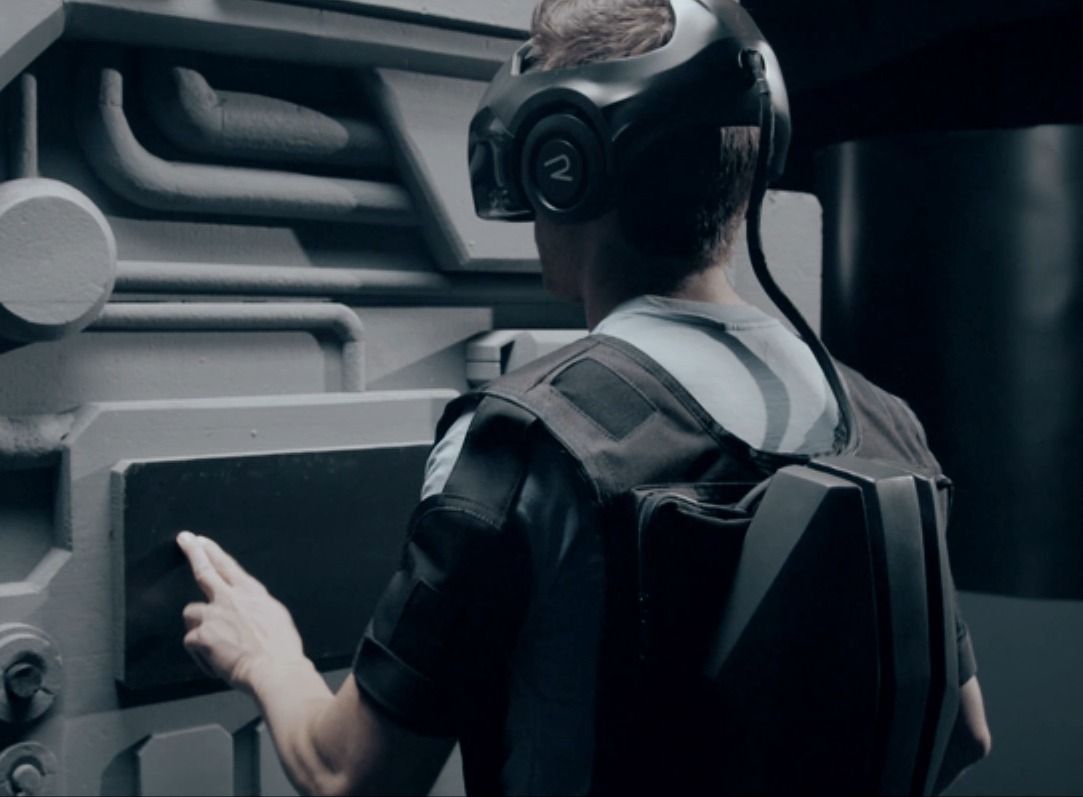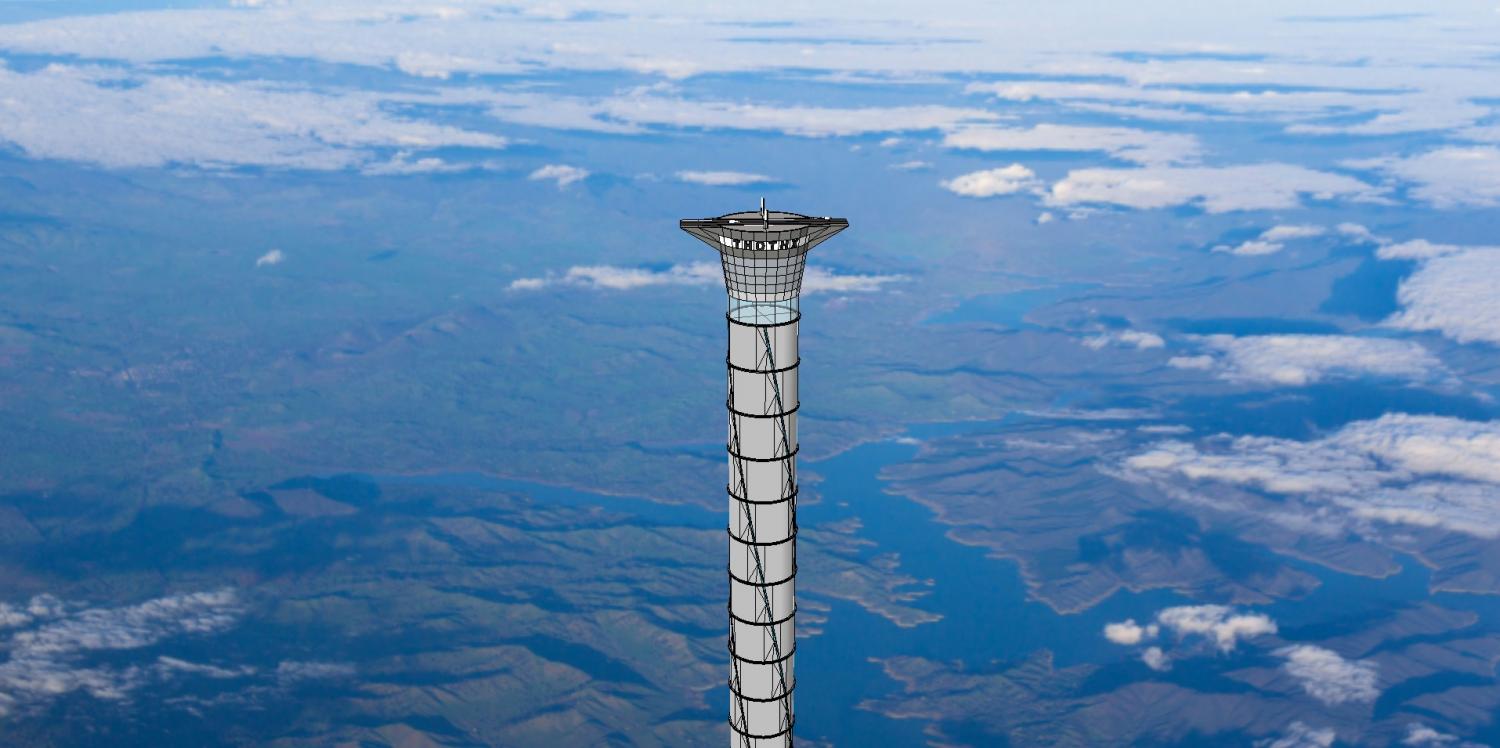Chinese-based VR treadmill project Kat Walk raised nearly $150,000 on Kickstarter, and the company has announced that non-Kickstarter preorders are coming soon.


Chinese-based VR treadmill project Kat Walk raised nearly $150,000 on Kickstarter, and the company has announced that non-Kickstarter preorders are coming soon.

Why haven’t we found alien neighbors? One theory says advanced species don’t colonize outer space, but make virtual worlds and colonize inner space instead.
https://soundcloud.com/a16z/a16z-podcast-techs-big-ideas-and-the-swallow-the-red-pill-moment-with-dan-siroker-and-marc-andreessen

If you’ve ever watched someone experience virtual reality for the first time, you know it can involve screaming, flapping arms, and occasional falls.
On one level people know their bodies are safe on the stable chair, but as their minds are catapulted through outer space on a spaceship to Mars or beamed into a refugee camp in Syria —they can’t help but lose their grip on reality and go along for the ride.
In fact, our brains don’t even require photorealism for suspension of disbelief in VR. A choppy CGI rendition will cause our heart rates to increase and our palms to get sweaty when we’re riding a virtual roller coaster or standing on the edge of a virtual building looking at the ground 30 stories below.

What will happen when the technology has evolved to the point that people actually prefer virtual reality experiences to real ones?

EchoPixel uses virtual reality to help doctors visualize each patient’s unique anatomy and internal structure in a floating 3D image.

The Void is an ambitious project that seeks to combine virtual reality headsets with custom-built physical playgrounds.

A Utah man is developing a virtual-reality experience unlike anything the world has seen before.

Exploring space while seated on Earth, gazing up on screens in museum theaters or at home via VR headsets. is exciting but the top imagination-grabber is the very idea of finding a way to access space. This is the present-day realm of creative thinking over space elevators, in the use of a giant tower to carry us to space.
Scientists working on space elevators are thinking about materials and designs that can be used to access space as an alternative to rocket technology. A sign of the times is the upcoming Space Elevator Conference 2015 which takes place this month in Seattle.
Imagine, said The Spaceward Foundation, the space elevator, serving as a track on which electric vehicles called “climbers” can travel up and down carrying about 10 tons of payload.“There are no intense gravity-loads during the trip, no acoustic vibration, no onboard fuel, nor any of the rest of the drama (and cost) associated with rocket launches,” it added.

“John Wick” was a box-office success and a fun thrill ride. And next year, you’ll be able to play as the titular assassin in virtual reality.